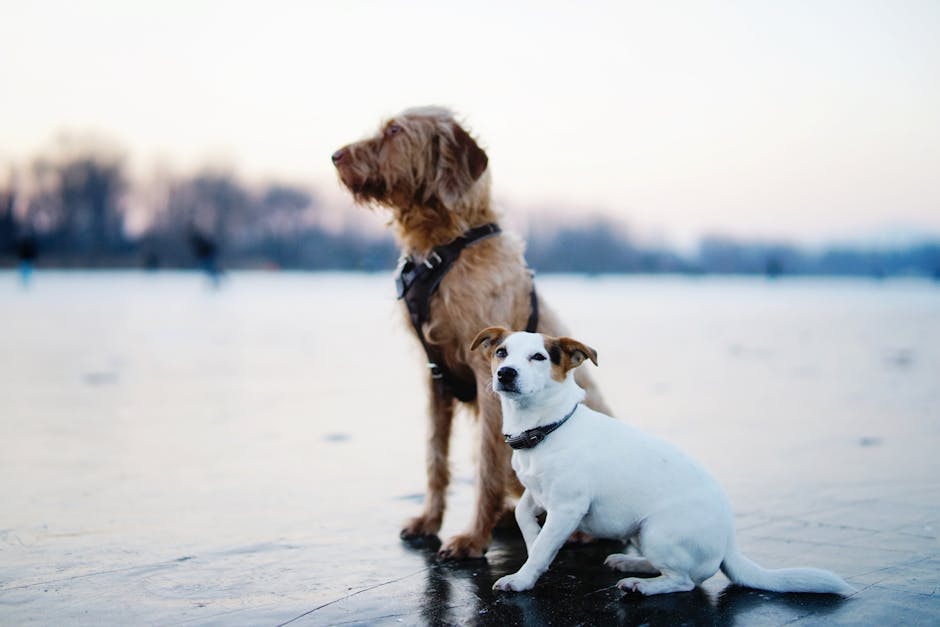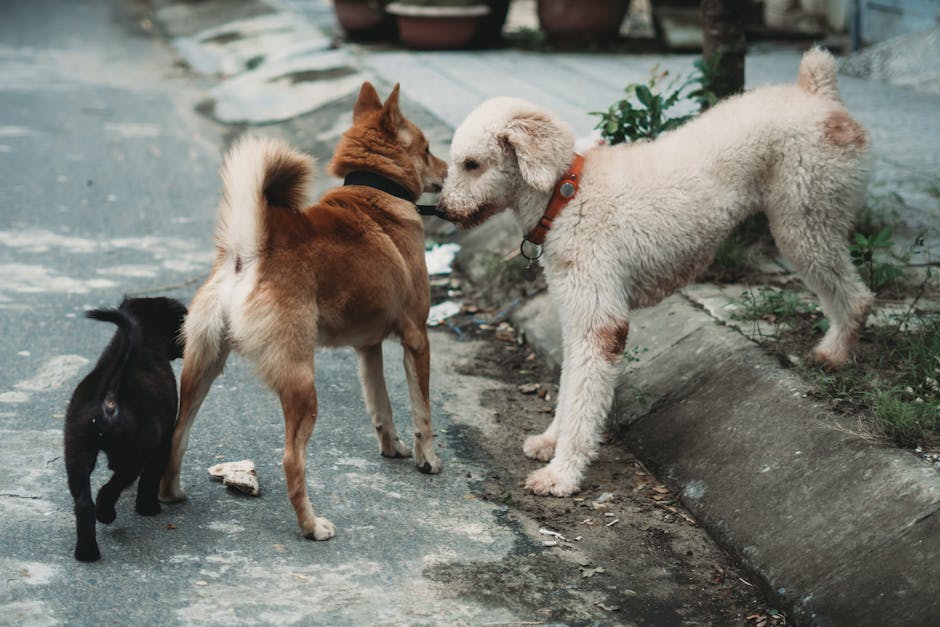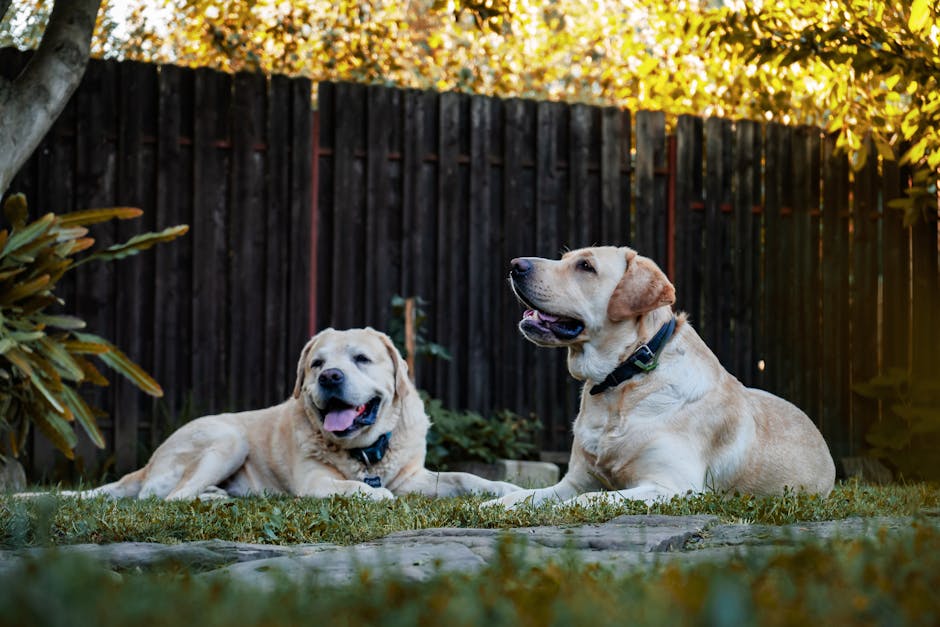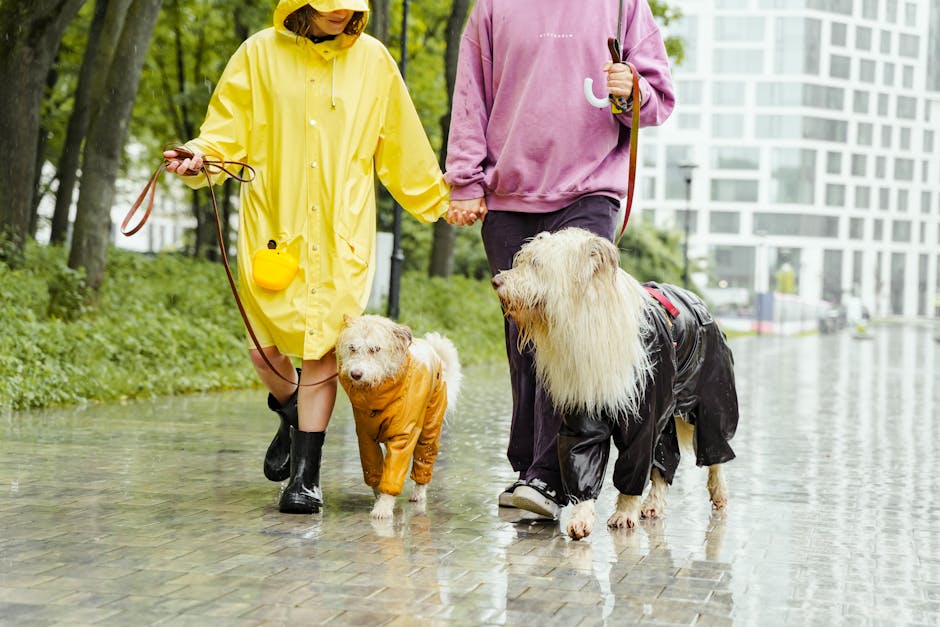How Much Vitamin D Do Dogs Need
Recent studies have shown that dogs don’t need as much vitamin D as was thought years ago. Some experts now recommend only 800 IU of vitamin D per week for every 10 pounds or so of dog weight! That is just 1/4 cup of some brands of chicken liver oil, which contains 400-600% more vitamin D than table olive oils!
A limited amount of vitamin D can actually be harmful to your dog. Too much vitamin D may cause hypercalcemia, in which your blood calcium levels become too high. This can lead to heart arrhythmias and death if left untreated!
This article will talk about other potential health benefits of vitamin D for dogs, and how you can ensure they get enough. So, what kind of foods do your pooch like? Let’s start with something easy…
Disclaimer: The content below has a strong chance of improving the quality of life around it. It may not function properly without exposure to sunlight, and sunbathing is not advised during pregnancy or for those who are sensitive to UV light. Testing your urine for pH and glucose changes after eating the food mentioned here may be needed to determine whether the changes occur because of the diet or nothing else.
Vitamin D rich foods
Many dog owners consider chicken meat (even cooked ground chicken) to be off limits due to the higher cholesterol content.
Sources of vitamin D

Canines are very efficient at producing their own vitamin D when exposed to sunlight or direct rays for a sufficient amount of time. This is one of the major reasons why many veterinarians recommend exposing your dog daily to an hour of sunshine, even in winter!
However, as we have mentioned before, sun exposure can be a tricky thing. For some dogs, excessive amounts of UV light may cause skin problems such as photodermatitis (sunburn-like symptoms) or even more serious conditions like photo-sensitive dermatosis or cutaneous mast cell disease.
Furthermore, although most puppies under one year old require little to no vitamin D, older dogs (>one year) need slightly higher levels to ensure adequate bone health.
So how much do dogs need? The short answer is that it depends on several factors: breed, weight, lifestyle, and season. Veterinarian recommendations typically refer to “recommended doses” of nutritional supplements, which are not necessarily the same as “effective doses” that you would need to make sure your pet gets enough of the nutrient.
Fortunately, there are some studies conducted with dogs that offer some helpful information about what individual dogs need for vitamin D. Since there is always some variation between individuals, however, it is best to check with your veterinarian first before giving your puppy a dose of vitamin D.
Effects of vitamin D

Recent studies have shown that not only does adequate intake of vitamin D help your dog’s bones to heal, it may also reduce risk for or treat immune-related diseases such as cancer and autoimmune conditions.
In fact, some researchers believe that having enough vitamin D could be an effective way to prevent certain types of canine cancers.
While there are no recommendations from veterinary medicine organizations about how much vitamin D is needed by dogs, we do know some things about the effects of this important nutrient in humans.
We can also make assumptions about what levels of vitamin D would work for dogs because research has been done on people.
That means you should definitely take steps to ensure your dog is getting enough vitamin D if you want to see the benefits here.
Recommended vitamin D levels

Recent recommendations suggest that dogs require at least 2,000 IU of vitamin D per day to ensure adequate health.
That’s right – two thousand! Two thousand individual doses every day! Luckily, there are many easy ways to achieve this for most dogs.
You can give your dog her daily dose of vitamin D in fortified food or supplements. You can also expose your dog’s skin by giving her an outdoor run every few days or taking short walks outside each night.
But what about when she is sleeping?
When dogs sleep longer than eight hours, their bodies don’t have enough time to restore their supply of vitamin D. This could be a problem if you live in a region with little sun exposure or if your dog is exposed to very high indoor light during daytime activities.
This article will talk more about how to help your dog get all the vitamin D she needs during those times when she isn’t able to access the sunlight.
Will vitamin D harm my dog

Even though dogs are not able to synthesize their own vitamin D, they can get it from sun exposure or diet. Therefore, there is no recommended amount of vitamin D that only applies to humans!
Many foods contain small amounts of vitamin D, but none of them require a specific daily dose. Instead, most animals need only one to two exposures per week to enjoy health benefits. Because of this, even if your dog doesn’t like going outside for a short time every day, you can still make sure he gets enough vitamin D by giving him some kind of supplement.
Dog supplements usually contain either natural vitamin D3 or ergocalciferol (vitamin D2). Both work in much the same way, so which one is best depends on whether your dog already has too much vitamin D.
Taking too much vitamin D

Photo by Xuân Thống Trần on Pexels
Overdose symptoms include lethargy, vomiting, diarrhea, difficulty breathing, excessive drooling and dry mucus membranes. If your dog is showing any of these symptoms immediately call your vet!
Dogs can overdose on vitamin D by eating too many products containing vitamin D or through sun exposure for very long.
Some dogs are more sensitive to vitamin D than others. Genetics play a factor in how well some dogs process this nutrient.
As with anyone, especially young children, ingesting large amounts of vitamin D may cause internal bleeding. This could be seen as bloody poop, blood in vomit or blood found during a physical exam.
Fortunately, most dogs that experience a dramatic drop in intake survive due to their body’s natural production of the vitamin.
Sunscreen and vitamin D
While dogs are naturally exposed to sunlight, they do not produce their own natural supply of vitamin D. They get this nutrient mostly through eating sun-rich foods like fish or being licked by other dogs that have healthy skin and glands that secrete it!
Vitamin D is important for strong bones and muscles, as well as immune function. Unfortunately, many dog owners fail to give their pets enough vitamin D. This can cause health issues such as heart disease, diabetes, high blood pressure, and even cancer.
A small survey conducted online found that half of all respondents don’t know what kind of vitamin D content each serving of kibble has. One respondent mentioned that some brands add so much vitamin D to their food that “it looks fake.” It is impossible to tell how much vitamin D your pet will receive from one bag of dry food alone!
If you are feeding your dog commercial diets, check the packaging to see if there is an indication of whether or not they contain adequate amounts of vitamin D. If there is none, look for brands with certified nutritional value. These should list the vitamins and minerals in their products clearly.
Sunbathing and vitamin D

While dogs are naturally exposed to UV rays from sunlight, they do not produce their own vitamin D in their skin. They also do not sunbath like humans do!
Dogs that live in areas with little exposure to sunshine need special care when it comes to vitamin D. This includes puppies at any stage of life as well as adult dogs.
To ensure your dog is getting enough vitamin D, here are some tips. Make sure his or her paws are clipped so you can see the nails. This helps expose the nail bed to natural light and darkens the nail plate which makes it easier to detect changes when drying out. If possible, let your dog lick its paw so he/she has access to his/her nail beds.
You can check for dry flaking around the nose and ears, but only during warm weather conditions as frost may cause false positives. Also make sure his fur is relatively short to prevent too much protection.
Talk to your vet

Photo by Yaroslav Shuraev on Pexels
Although dogs are not able to synthesize vitamin D in their skin, they can obtain it through exposure to sunlight or diet.
Many dog owners assume that their pet is getting enough vitamin D by licking its paws after going for a walk outside. However, this isn’t always the case!
Some puppies are born with thin coats which may prevent them from seeking out sun exposure. Similarly, as puppies grow up, thick protective hair (or “woollens”) develop around their mouths, nose, and other exposed areas. When these adult hairs get long, they can block most of the UV light needed to produce vitamin D.
As we know, dogs that are deficient in vitamin D suffer from poor bone health. This includes low levels of calcium to help promote strong bones and even tooth decay due to lack of phosphate to aid in mineralization. [1]
So what about if your dog has no teeth? Or if his teeth fall out and he doesn’t eat anything?
Fortunately, there are some easy ways you can ensure your dog is receiving adequate amounts of vitamin D. Here are some tips you can use to provide him with the right amount of sunshine and nutrition.
Disclaimer: The content in this article should be used with caution. While using supplements is never harmful, adding too many products to your daily routine can result in overdose.

